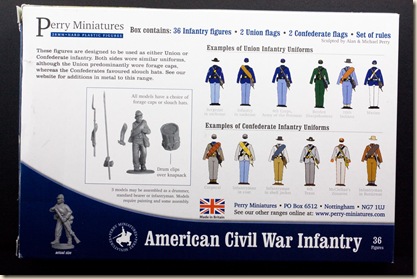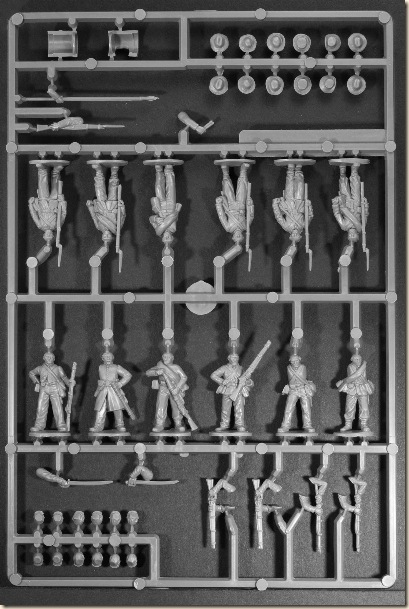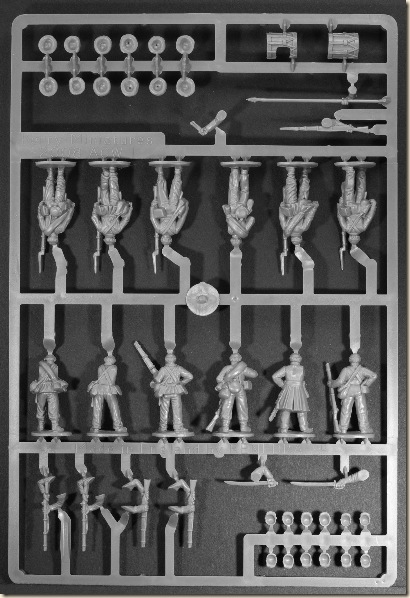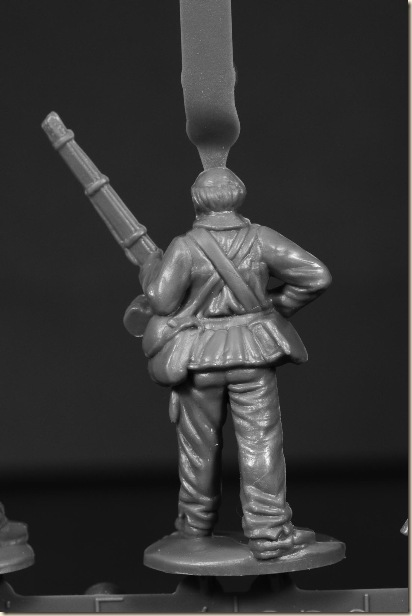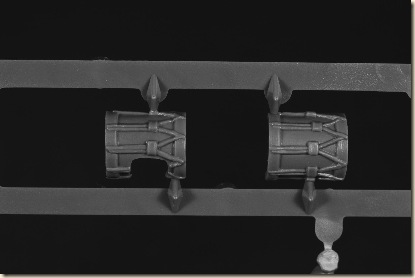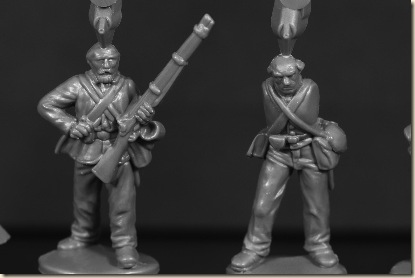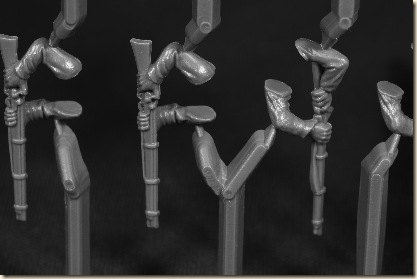
That said, here is my first box of Perry infantry, tentatively identified as the 6th Connecticut, assembled and preparing to wade through the Primer River.
Welcome to Huzzah! Follow along as Ed and Ray start a whole new miniature wargaming project: the American Civil War in 28mm!

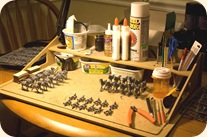
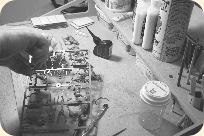
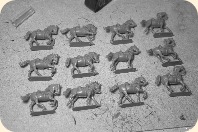
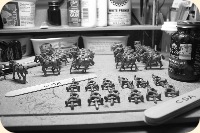 those that have a visible boot). Cleaning was a breeze with a round and a triangular jeweler’s file. If you choose to use files on plastic, be gentle! It’s much easier to make a several gentle swipes than it is to repair a gouge. The only flash is on a couple of the cavalry men between the boot and end of the saber’s scabbard. I use a small stiff brush to clean up the bits of plastic for filing as they tend build up a lot of static electricity and you don’t want them trapped under the primer. The cavalrymen then get a hole drilled underneath just slightly smaller than the diameter of a toothpick.
those that have a visible boot). Cleaning was a breeze with a round and a triangular jeweler’s file. If you choose to use files on plastic, be gentle! It’s much easier to make a several gentle swipes than it is to repair a gouge. The only flash is on a couple of the cavalry men between the boot and end of the saber’s scabbard. I use a small stiff brush to clean up the bits of plastic for filing as they tend build up a lot of static electricity and you don’t want them trapped under the primer. The cavalrymen then get a hole drilled underneath just slightly smaller than the diameter of a toothpick. 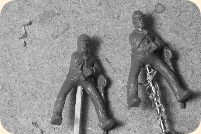 The tip of a toothpick is cut off about halfway down the taper. The toothpick is shoved into the hole making a pretty tight friction fit. Now, each figure can be handled by the toothpick. Each one can be mounted on a piece of corrugated cardboard simply by inserting the toothpick into the cardboard edge on for priming and drying.
The tip of a toothpick is cut off about halfway down the taper. The toothpick is shoved into the hole making a pretty tight friction fit. Now, each figure can be handled by the toothpick. Each one can be mounted on a piece of corrugated cardboard simply by inserting the toothpick into the cardboard edge on for priming and drying.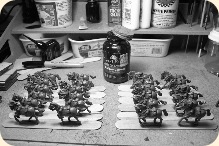 Yet, the bond is generally strong enough to withstand normal priming and painting. Occasionally I’ll bumps a figure and knock it loose but then I just rubber cement it right back on the stick (working on another stick until the cement dries).
Yet, the bond is generally strong enough to withstand normal priming and painting. Occasionally I’ll bumps a figure and knock it loose but then I just rubber cement it right back on the stick (working on another stick until the cement dries).
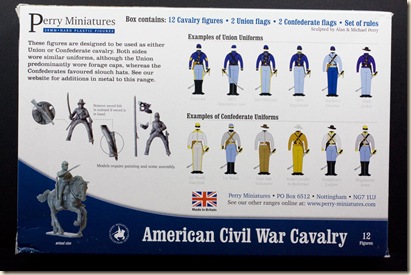
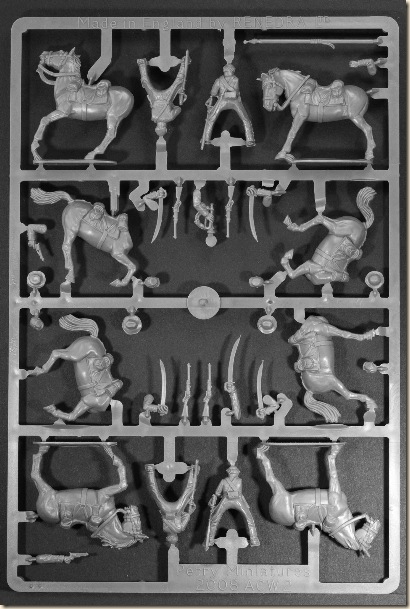
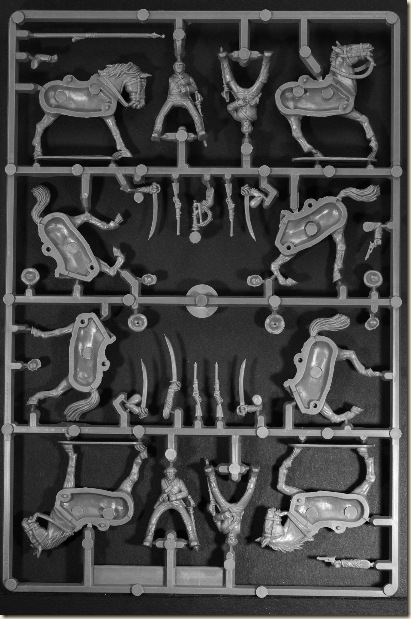
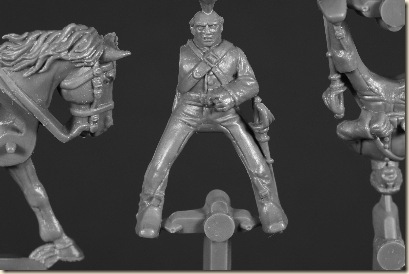
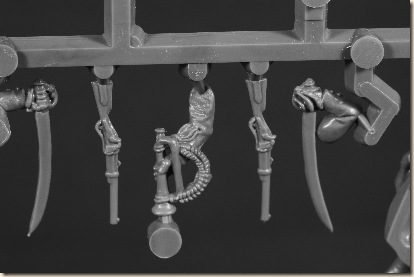
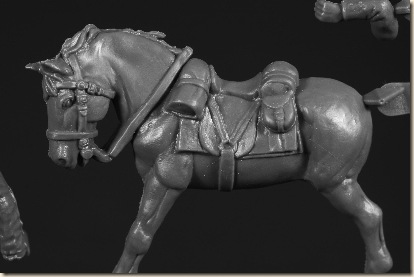
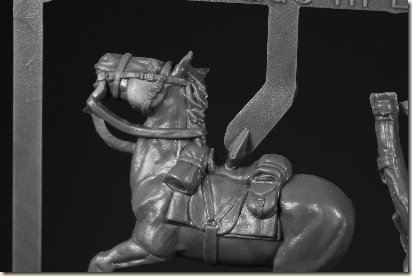
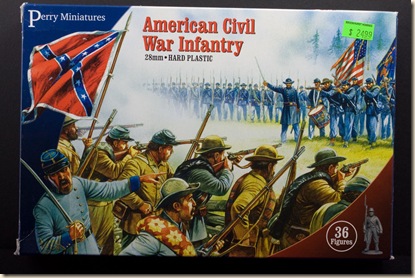 Brookhurst price tag on the box says $24.99—a good price.
Brookhurst price tag on the box says $24.99—a good price.